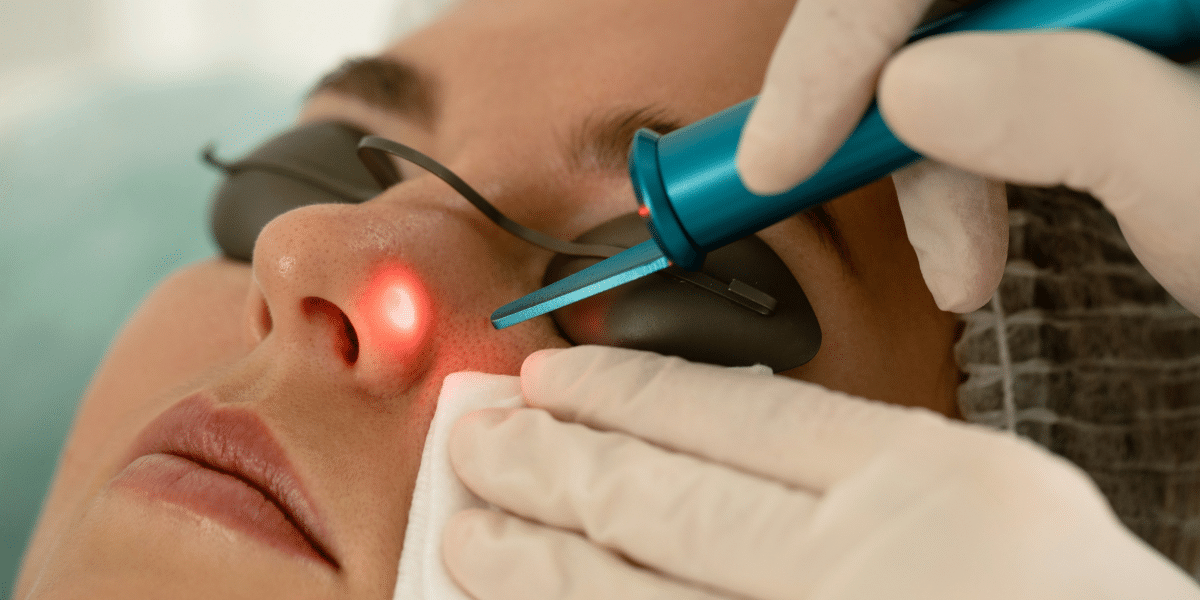Red light therapy is being explored as a non-invasive option that may offer benefits for certain conditions, such as skin care and pain relief. Despite its growing popularity, many people remain skeptical about its safety, particularly given that noticeable results may take weeks to manifest. Common concerns include the duration of each red light therapy session and ensuring it is used safely. This article will address frequently asked questions regarding how long you should use red light therapy and explore its safety considerations to provide clarity and reassurance.
How long should one be exposed to red light therapy?
The optimal duration for red light therapy depends on several factors, including the device used and the specific condition being treated. Generally, for most red light therapy devices:
- Session Length: Aim for about 10-20 minutes per session. This duration allows the light to penetrate the skin effectively without overexposing yourself.
- Frequency: Use the therapy 3-4 times per week, depending on the specific device and intended use. Consistency can support gradual improvements, but results may vary.
- Device Instructions: Always follow the manufacturer’s guidelines for session length and frequency to avoid potential side effects.
- Condition Specifics: For targeted treatments, such as for muscle recovery or skin issues, adjust the duration as recommended by a healthcare provider or according to the device’s instructions.
Are there any possible side effects of staying long under red light therapy?
Staying under red light therapy for extended periods can potentially lead to some side effects. These may include:
- Skin Irritation: Prolonged exposure can cause redness, itching, or a rash, especially if the skin is sensitive.
- Dryness: Overuse might lead to dryness or flakiness in the treated area.
- Temporary Discomfort: You may experience a warming sensation or mild discomfort during or after treatment.
- Eye Strain: Extended exposure to bright light can cause eye strain; wearing protective goggles is advisable.
- Burns: Excessive or improper use can lead to burns or overheating of the skin.
- Photosensitivity: Increased sensitivity to sunlight can occur, raising the risk of sunburn
Is there a risk of cancer or brain damage with red light therapy?
Current research does not indicate that red light therapy (RLT) causes cancer or brain damage when used appropriately. Red light therapy involves using low-level wavelengths of light, which do not have the same risks as higher-energy forms of radiation like ultraviolet (UV) light.
Red light therapy (RLT) uses non-ionizing radiation, which is generally considered too low-energy to damage DNA or cause cancerous changes in cells. Current research does not indicate a significant risk of cancer when RLT is used according to recommended guidelines, though long-term effects continue to be studied. Following the device manufacturer’s instructions ensures safe usage and minimizes risks, affirming that RLT is not associated with carcinogenic effects.
Regarding brain damage, red light therapy involves low-energy light that does not penetrate deeply enough to impact brain tissues. The therapy is designed primarily for surface-level tissues such as skin. Current research does not indicate any risk of brain damage from RLT, as studies typically focus on its effects on skin and surface-level tissues rather than deeper brain regions.
This article was first published on 369 Wellness Center. For more information on red light therapy, visit the website.
Published by: Holy Minoza


















